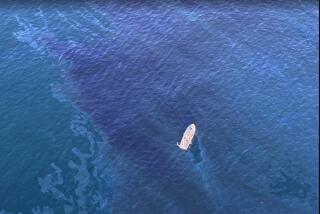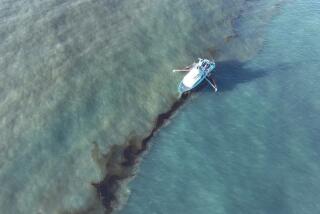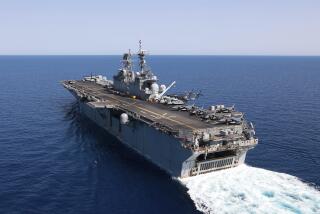Oil Spill in Persian Gulf
The day (Jan. 26) is beautiful here in our coastal community 250 kilometers south of the Kuwaiti border and 80 kilometers north of Dhahran. The sun is shining in a cloudless sky, there is a light breeze from the southwest and despite the nightly sirens and bomb explosions, a quiet day. But as I walk toward our beach, I notice that a heavy bank of very dark gray clouds hangs over the shoreline in the northern direction of the burning oil fields near the Kuwaiti border. The first traces of the largest oil spill in history have yet to hit our shores but it is just a matter of time. And we can do nothing but watch, wait and prepare for the most tremendous of environmental disasters to occur. This should come as no surprise to the people or politicians of the United States. Hussein warned three months before the war started that he had intentions to threaten our coastlines with this spill.
It should not be unexpected that our politicians in the West are not prepared for this disaster. They have never really understood their adversary. So far he has done everything that he has threatened. The world must understand that traditional rules of warfare don’t exist here in the gulf. One just has to think of an oil spill at least 10 times that of the Exxon Valdez to realize that the periphery of this war and all its impending damage will outweigh in the long-run the immediate bomb damage caused by the allied offensive.
ANDREA SOTEBEER AZAR
Ras Tanura, Saudi Arabia
More to Read
Sign up for Essential California
The most important California stories and recommendations in your inbox every morning.
You may occasionally receive promotional content from the Los Angeles Times.










